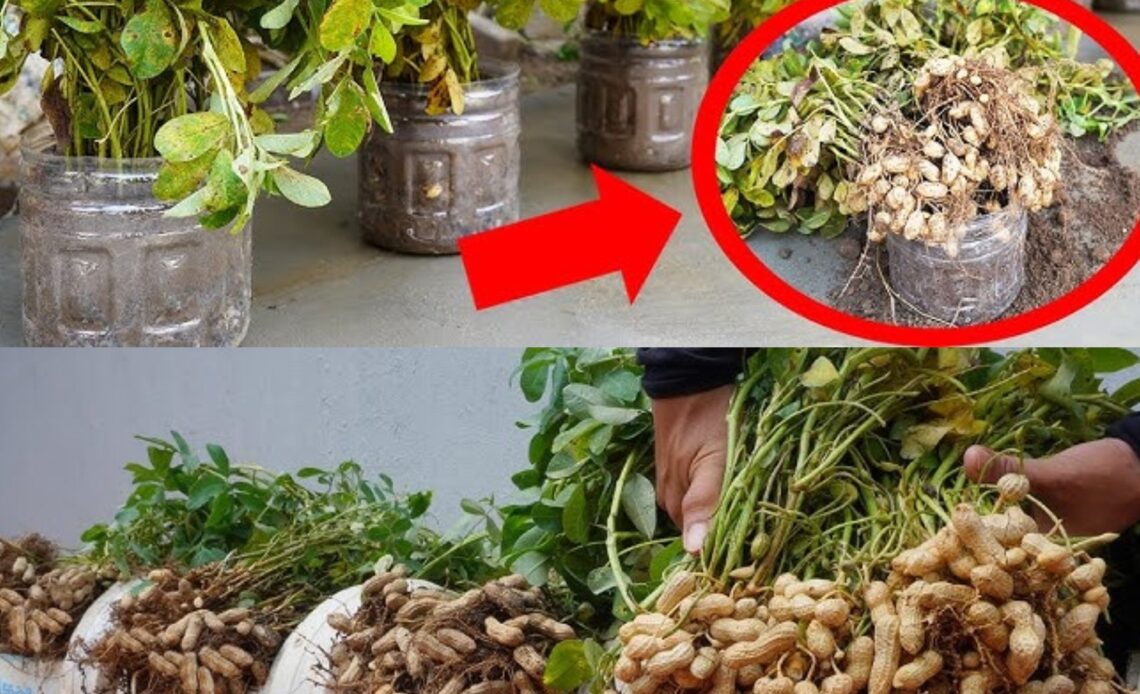Growing peanuts at home is an exciting and rewarding experience, especially when using recycled plastic containers. This method not only helps reduce plastic waste but also provides an efficient and space-saving way to cultivate peanuts, even in small gardens or urban environments. Peanuts, despite being commonly associated with large-scale farming, can thrive in containers when given the right conditions. By following a few essential steps, you can successfully grow your own fresh, organic peanuts at home.
### **Why Use Plastic Containers for Growing Peanuts?**
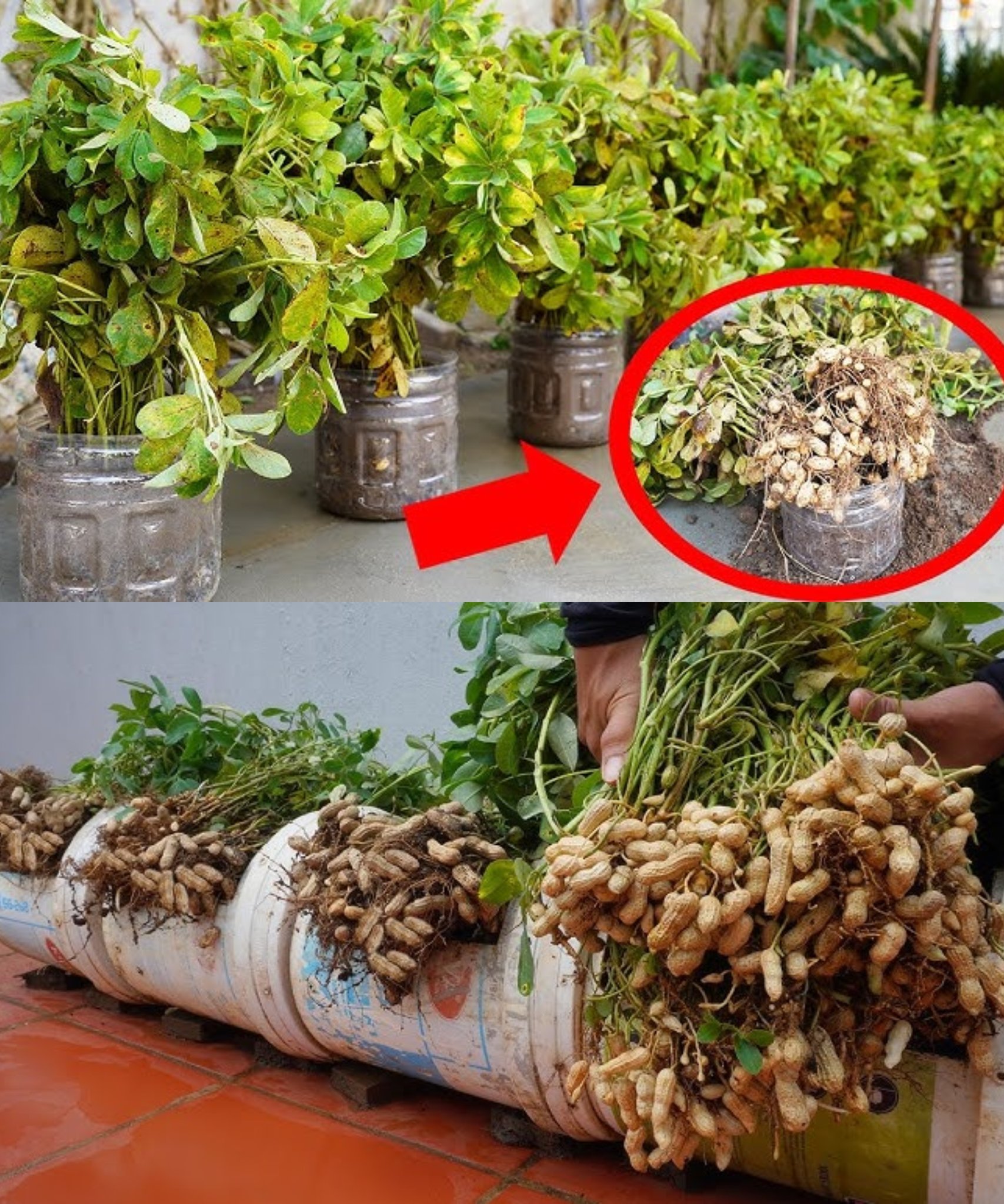
Plastic containers offer several advantages when growing peanuts, making them an excellent alternative to traditional garden beds.
#### **Benefits of Using Plastic Containers:**
– **Eco-Friendly:** Repurposing plastic containers helps reduce waste and minimizes plastic pollution.
– **Space-Saving:** Ideal for balconies, patios, and small garden spaces.
– **Better Pest Control:** Container gardening limits exposure to soil-borne diseases and pests.
– **Easy Harvesting:** Instead of digging up peanuts from the ground, you can simply tip over the container.
With these advantages, plastic containers provide an efficient and sustainable method for growing peanuts at home.
### **Step-by-Step Guide to Growing Peanuts in Plastic Containers**
Growing peanuts requires warm temperatures, well-draining soil, and proper care. Below is a step-by-step guide to successfully cultivating peanuts using plastic containers.
#### **Step 1: Choosing the Right Container**
Peanuts need space to develop underground pods, so selecting an appropriate container is crucial.
– **Size Matters:** Use a plastic container that is at least 12-18 inches deep to allow proper root and pod development.
– **Drainage is Key:** Ensure the container has multiple drainage holes at the bottom to prevent waterlogging.
– **Container Options:** Large buckets, plastic bins, or repurposed storage tubs work well.
By using the right container, you create a suitable environment for peanut plants to thrive.
#### **Step 2: Selecting Peanut Seeds**
Not all peanuts can be planted, so it is essential to choose the right type of seeds for successful germination.
– **Use Raw, Unshelled Peanuts:** Purchase raw peanuts that have not been roasted or processed.
– **Avoid Hybrid Varieties:** Organic, non-GMO peanuts tend to produce better yields.
– **Soak Before Planting:** Soaking the peanuts overnight in water can speed up germination.
Proper seed selection sets the foundation for healthy peanut plants.
#### **Step 3: Preparing the Soil**
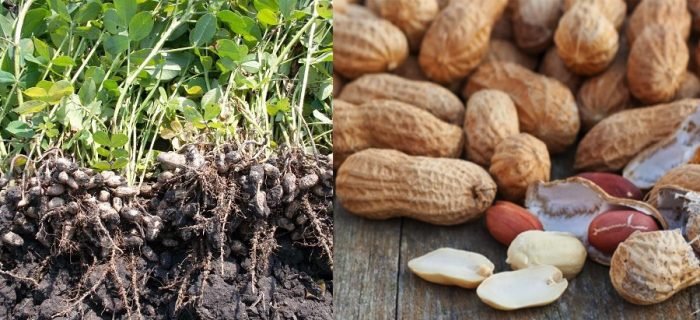
Peanuts thrive in well-draining, sandy soil with good aeration.
– **Use a Light Soil Mix:** A combination of sandy soil, compost, and coco coir works best.
– **Ensure Proper pH Balance:** Maintain soil pH between 6.0-7.0 for optimal growth.
– **Avoid Heavy Clay Soil:** Dense soil can hinder root and pod development.
A nutrient-rich soil mix will encourage strong plant growth and healthy peanut production.
#### **Step 4: Planting the Peanuts**
Planting peanuts correctly ensures they develop strong roots and produce high yields.
– **Remove the Shells:** Gently remove the outer shells but keep the thin inner skin intact.
– **Plant at the Right Depth:** Sow seeds 1-2 inches deep and space them 4-6 inches apart.
– **Choose a Sunny Location:** Place the container in an area that receives at least 6-8 hours of direct sunlight per day.
By planting peanuts correctly, you set the stage for healthy germination and vigorous growth.
#### **Step 5: Watering and Care**
Proper watering and maintenance are essential for peanut plants to develop strong roots and pods.
– **Keep the Soil Moist:** Water regularly to keep the soil evenly moist but not soggy.
– **Monitor Flowering:** After 30-40 days, the peanut plant will produce small yellow flowers.
– **Encourage Pegging:** Once the flowers wilt, they send pegs (stems) into the soil where the peanuts will form.
– **Add Mulch or Extra Soil:** Lightly covering the base with additional soil or mulch helps support peanut development.
Following these watering and care tips ensures healthy plant growth and a productive harvest.
#### **Step 6: Fertilizing the Plants**
Peanuts do not require excessive fertilization, but using the right nutrients can enhance pod growth.
– **Use Low-Nitrogen Fertilizer:** Apply fertilizer every 3-4 weeks to promote root and pod development.
– **Organic Options:** Compost tea or bone meal can provide additional nutrients without harming the plants.
– **Avoid Excess Nitrogen:** Too much nitrogen can result in excessive foliage growth instead of peanut production.
A balanced fertilization approach helps maximize peanut yield.
#### **Step 7: Harvesting the Peanuts**
After a few months, your peanut plants will be ready for harvest.
– **Look for Signs of Maturity:** Peanuts typically mature in 4-5 months. Yellowing leaves indicate that the peanuts are ready for harvest.
– **Loosen the Soil:** Before pulling up the plant, gently loosen the soil to avoid damaging the peanuts.
– **Dry the Peanuts:** Hang the harvested plants in a dry, well-ventilated area for 1-2 weeks before removing the peanuts.
Harvesting at the right time ensures high-quality peanuts for consumption or storage.
### **Extra Tips for Successful Peanut Cultivation**
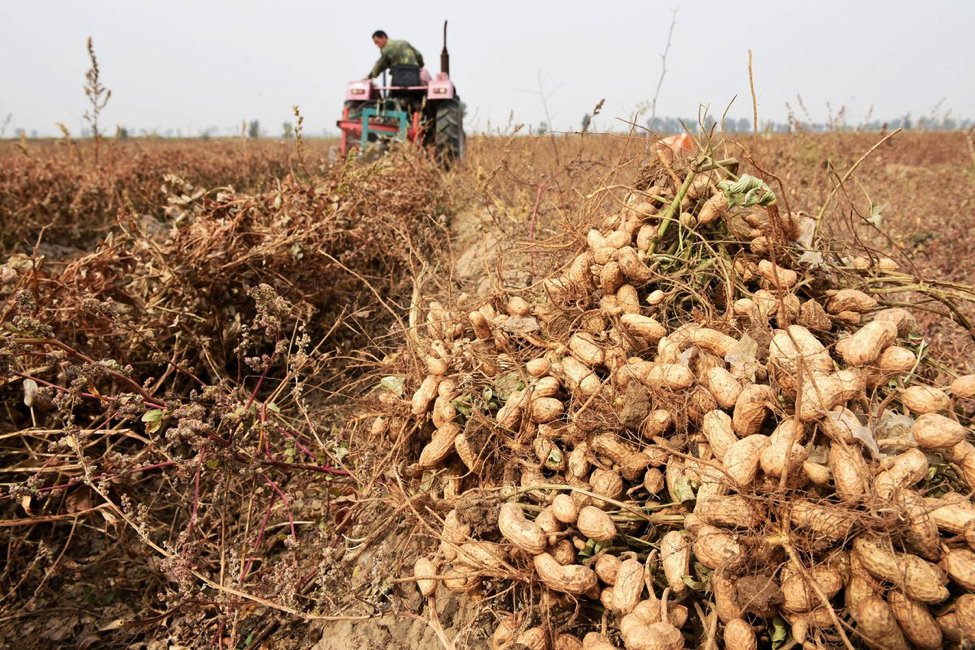
To increase your chances of success, consider these additional gardening tips:
– **Grow in Warm Weather:** Peanuts require 100-130 warm days to mature properly.
– **Do Not Transplant:** Peanuts grow best when planted directly in their final container.
– **Reuse Soil for Other Plants:** After harvesting, the soil can be repurposed for other container-friendly crops.
– **Proper Storage:** Keep harvested peanuts in a cool, dry place or roast them for long-term storage.
These extra tips will help ensure a smooth and rewarding peanut-growing experience.
### **Conclusion**
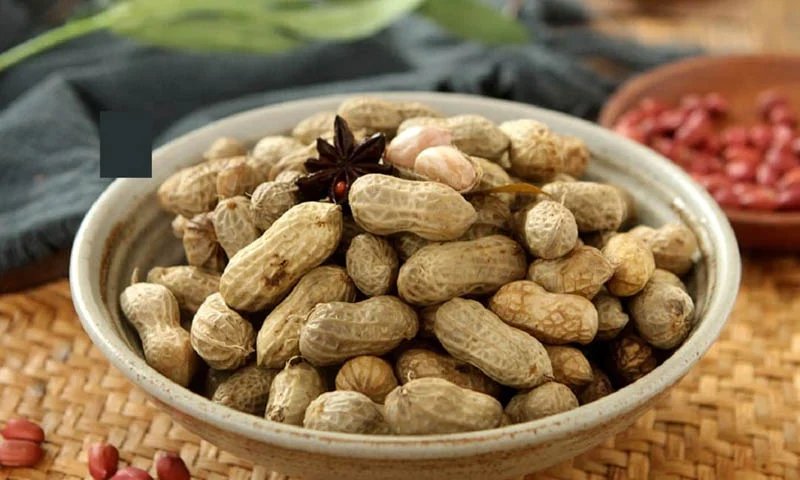
Growing peanuts in plastic containers is a practical, eco-friendly, and space-efficient gardening method. By repurposing plastic containers, you not only contribute to environmental sustainability but also create an ideal growing environment for peanuts. With proper seed selection, soil preparation, planting techniques, and ongoing care, you can enjoy a bountiful peanut harvest at home. Whether you have a small balcony, patio, or backyard, this innovative approach to peanut cultivation allows anyone to experience the joy of homegrown peanuts.
